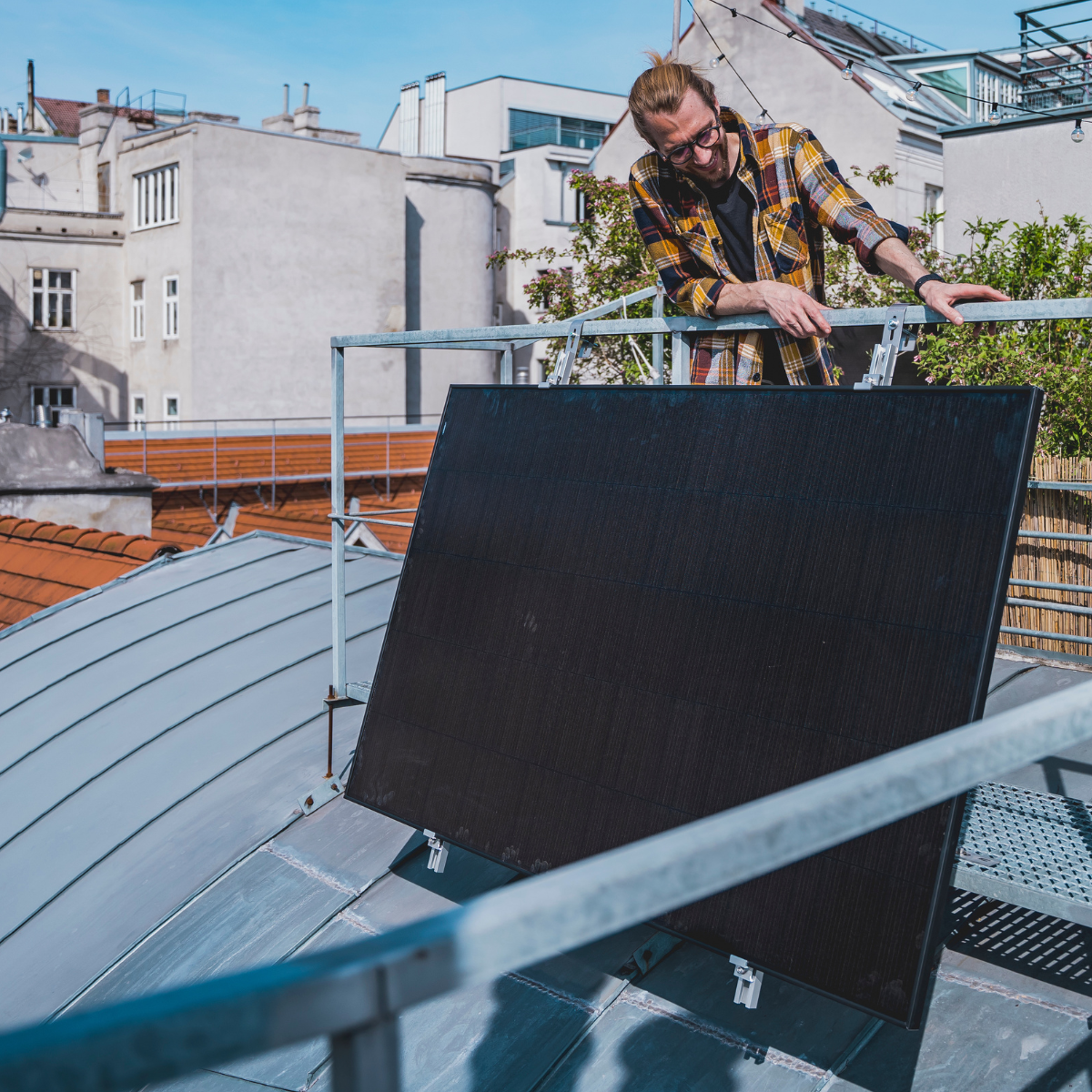From planning to results in just a few steps
More and more people are loving traveling in a motorhome. Getting out into nature. A spontaneous weekend getaway, a summer vacation, or even a few months' "wintering" in southern climes. Discovering the fascinating mountain world of other countries, unwinding by crystal-clear lakes and secluded beaches, and immersing yourself in foreign cultures. Simply leaving the hustle and bustle of office and city life behind for a while.
And don't miss out on life's "little" comforts, like a fresh omelet with coffee in the morning or always having charged batteries for your e-bike, laptop, camera, etc. However, self-sufficient storage also means careful planning for sufficient power reserves, the necessary storage space, and a properly sized solar module.
How do I plan the right solar system for me?
It's not as complicated as it may sound at first, and we'll show you in a few steps how to turn your plan into a result. first step You have already done this by choosing a solar system and thus your own, free electricity in your motorhome.
In the second step Find out what type of traveler you are: Do you love the lively campsite life and regularly supply your camper with shore power? Or do you prefer remote spots in the middle of nature where you'd like to stay a little longer? You'll notice: The stronger your desire to be flexible and self-sufficient on the road, the more solar power you'll need.
Then take some time and get to know the third step Think about which electrical devices you definitely want to have with you and use on your travels. These could be, for example:
- lighting
- Kitchen appliances (e.g. refrigerator, kettle, hotplate, coffee machine)
- Household appliances (e.g. TV, DVD, hairdryer, fan, heater, vacuum cleaner)
- Batteries for laptops, smartphones, e-bikes, drones, Tonie Boxes, toothbrushes, and much more
- Tools
The same principle applies here: the more devices you want to use on the go, the greater your power and storage needs.
You can get the best overview of your consumption in the fourth step with a brief list of your devices, their power (watts) and the estimated usage time (per day).
An example:
| smartphone | 10 watts | 2 hours | = 20 Wh |
| fan | 50 watts | 5 hours | = 250 Wh |
| Kettle | 1000 watts | 1.5 hours | = 1500 Wh |
In the fifth step You can convert the determined daily consumption of 1770 Wh into your daily power consumption (Ah) using the following formula:
Ah = 1770 Wh x 1.2 / 12 V = 177 Ah (systems with inverter and 12 V system voltage)
This is the basis for all further calculations and brings us to the Sixth step : How many watts does my solar module need to cover my daily power needs (Ah)?
The formula: Nominal power (Wp) x 0.75 x sunshine hours (h) / system voltage (battery)
For example, if you were to connect a 340 Wp solar panel in the summer under very good conditions and with 10 hours of sunshine, it would supply your battery or power station with a good 200 Ah per day. This would easily cover your needs.
Was that all?
In principle, yes. But despite all the formulas, there are always some "unknowns" that make an exact calculation seemingly impossible. These could be, for example:
- Bad weather, i.e. much fewer hours of sunshine
- Season: Am I traveling in summer or winter?
- Region: Am I traveling in Norway or Greece?
- Is 12 V enough or do I also need 230 V?
- Do I use a mobile solar bag or fixed roof modules?
- Do I have compatible charging electronics, the right cables and fuses?
- Have I planned reserves for emergencies?
Now you may have a lot of questions. But there's absolutely no reason to despair. Our experienced team of consultants knows every trick and every nook and cranny and has been developing complex solar systems for our customers for many years. Our service for our customers. We are also happy to advise you on your project and work with you to develop the optimal setup for you and your motorhome. You are just one step away. Call or a e-mail away from your new solar system. We look forward to seeing you!









